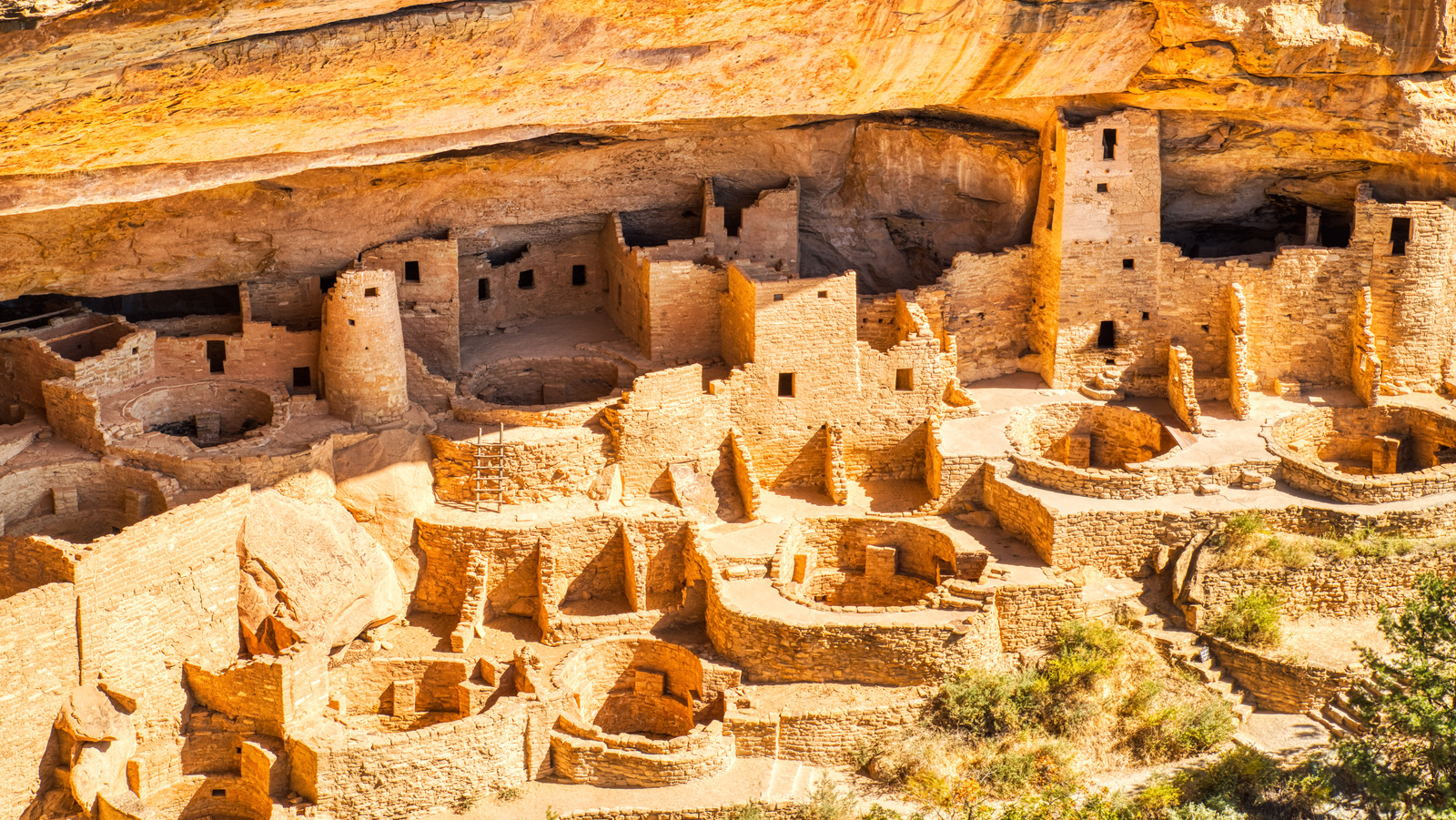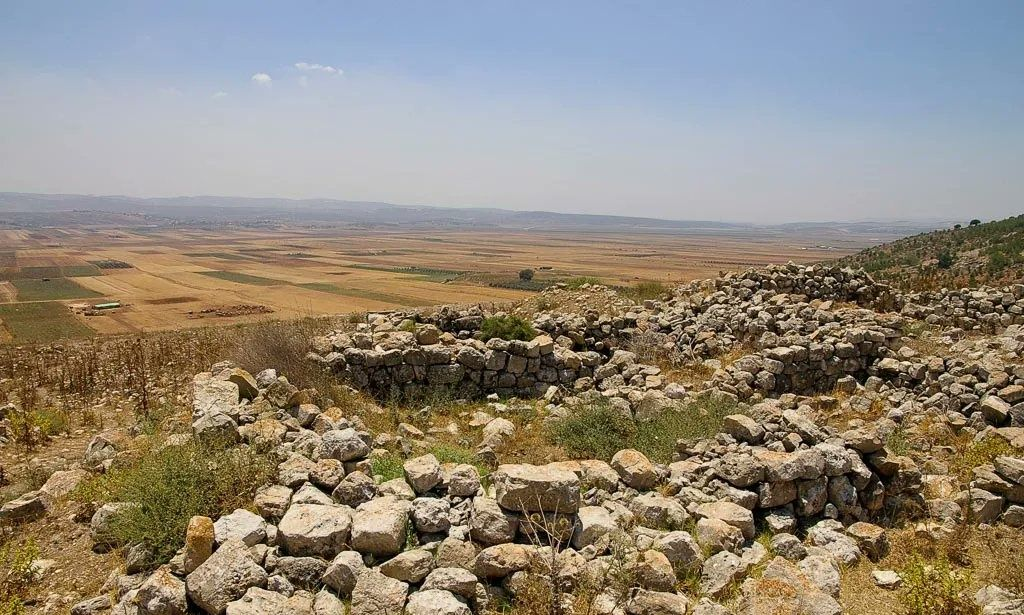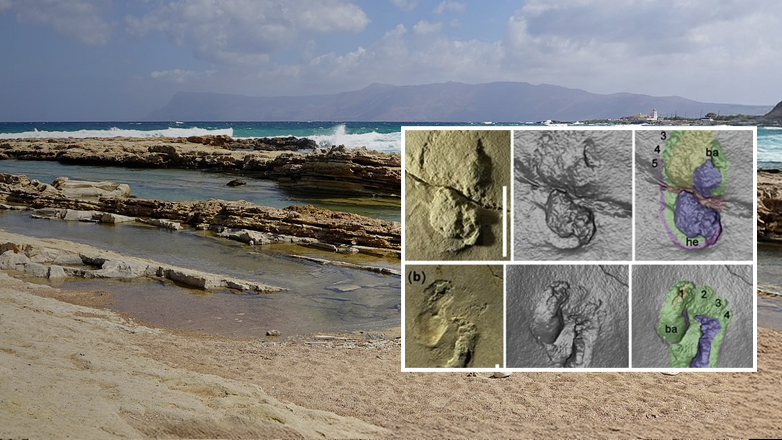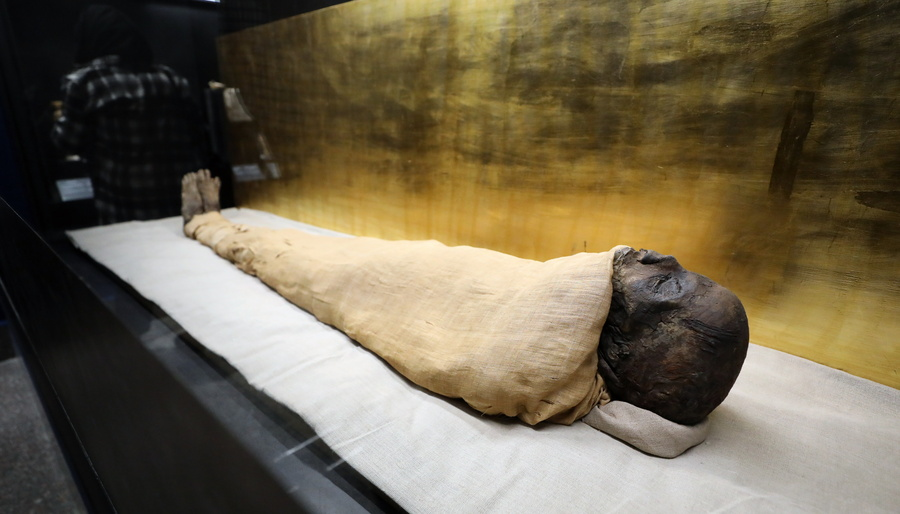The Anasazi, also known as the Ancestral Puebloans, were a prehistoric Native American civilization that thrived in the American Southwest from approximately 100 to 1600 CE. Renowned for their impressive cliff dwellings, intricate pottery, and advanced agricultural practices, the Anasazi left behind a rich cultural legacy. However, by the end of the 13th century, their civilization had largely collapsed, and they abandoned their major settlements. The reasons behind this mysterious disappearance have been the subject of extensive research and debate, with theories ranging from environmental factors to social upheaval.
The Rise of the Anasazi Civilization
The Anasazi civilization emerged in the Four Corners region of the United States, where the states of Arizona, New Mexico, Colorado, and Utah meet. They built elaborate stone and adobe structures, including the famous cliff dwellings at Mesa Verde and the large pueblo villages at Chaco Canyon.
Key Achievements
Architecture: The Anasazi constructed multi-story pueblos and cliff dwellings, showcasing their engineering skills and adaptability to the rugged landscape.
Agriculture: They developed sophisticated agricultural techniques, such as terracing and irrigation, to cultivate maize, beans, and squash in the arid environment.
Art and Culture: The Anasazi were skilled potters and weavers, creating intricate designs and patterns that reflected their cultural and spiritual beliefs.
Theories Behind the Collapse
The sudden abandonment of Anasazi settlements around 1300 CE has puzzled archaeologists for decades. Several theories have been proposed to explain this collapse, often involving a combination of environmental, social, and economic factors.
Environmental Stress: Drought and Resource Depletion
Prolonged Drought: One of the most widely accepted theories is that a severe and prolonged drought, lasting several decades, devastated the Anasazi's agricultural base. Tree-ring data (dendrochronology) from the region indicates a period of significant aridity during the late 13th century, which would have made farming unsustainable.
Resource Depletion: Overexploitation of local resources, such as deforestation and soil degradation, may have exacerbated the impact of drought. The Anasazi's reliance on maize, which requires substantial water, would have made them particularly vulnerable to environmental changes.
Social and Political Factors: Conflict and Societal Fragmentation
Internal Conflict: Evidence of violence, such as mass graves and defensive structures, suggests that internal conflict and warfare may have contributed to the collapse. Competition for dwindling resources could have led to increased tensions and social instability.
Societal Fragmentation: The breakdown of social and political structures may have played a role. The Anasazi's complex society, with its centralized centers like Chaco Canyon, may have become too rigid to adapt to changing conditions, leading to fragmentation and dispersal.
External Pressures: Raids and Migration
Raids by Neighboring Tribes: Some researchers propose that raids by neighboring tribes, such as the Navajo or Ute, may have forced the Anasazi to abandon their settlements. The presence of defensive structures and the strategic locations of cliff dwellings support this theory.
Migration and Integration: The Anasazi may have migrated to other regions and integrated with neighboring cultures. Oral histories and archaeological evidence suggest that the descendants of the Anasazi are the modern Pueblo peoples, such as the Hopi and Zuni.
Archaeological Evidence
Archaeological findings have provided crucial insights into the factors that may have led to the Anasazi's disappearance.
Tree-Ring Data: Dendrochronological studies have revealed periods of severe drought coinciding with the abandonment of major Anasazi sites. This evidence supports the theory that environmental stress played a significant role.
Skeletal Remains: Analysis of human remains has uncovered signs of malnutrition and violence, indicating that the Anasazi faced both environmental and social challenges.
Settlement Patterns: The shift from large, centralized settlements to smaller, dispersed communities suggests a breakdown in social cohesion and a move towards more sustainable living practices.
Conclusion
The mysterious disappearance of the Anasazi civilization remains a complex and multifaceted puzzle. While no single factor can fully explain their collapse, a combination of environmental stress, social conflict, and external pressures likely contributed to their decline. The Anasazi's ability to adapt and survive in a harsh environment for centuries is a testament to their ingenuity and resilience. Through ongoing archaeological research and the study of modern Pueblo cultures, we continue to uncover the rich and intricate history of the Anasazi, shedding light on one of the most fascinating civilizations of the American Southwest.







